
© SARAWUTH792Metal spheres in a Newton’s cradle (shown) swing back and forth rhythmically. The toy has inspired a quantum experiment where atoms replace the balls.
A simple toy is helping scientists understand new details of a mysterious quantum process.
The rhythmic click-clacking of the metal balls in Newton's cradle has long entertained physics students. Now, scientists have re-created the toy on an atomic scale, using it to probe
how quantum systems reach a balanced state known as thermal equilibrium.Leave a mug of hot coffee on the counter, and it will gradually cool until it reaches thermal equilibrium, matching the temperature of the room. That process, called thermalization, is well understood on the scale of coffee cups. But at the quantum level, thermalization becomes murky.
"This is an area of physics that we fundamentally don't understand," says physicist Benjamin Lev of Stanford University, who presented the work June 26 at the
Quantum Thermodynamics meeting at the Kavli Institute for Theoretical Physics at the University of California, Santa Barbara. That lack of understanding of such a basic process means that "it behooves us scientists to investigate," Lev says. So he and colleagues studied how
introducing chaos into a quantum Newton's cradle paves the way for thermalization.
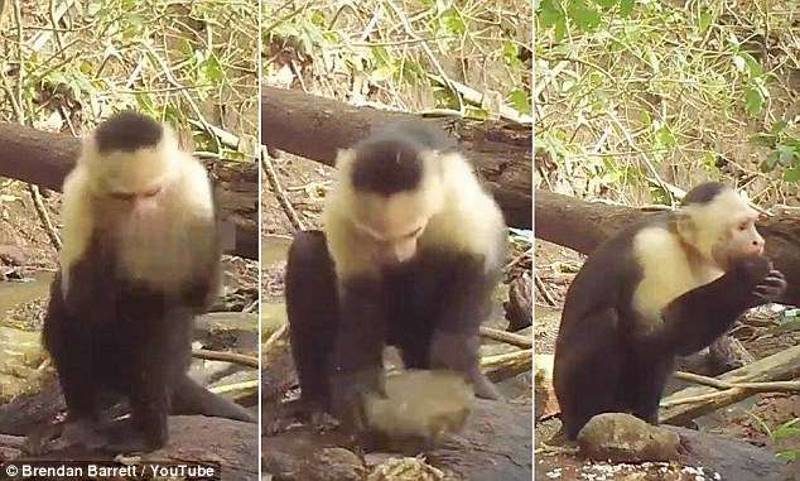
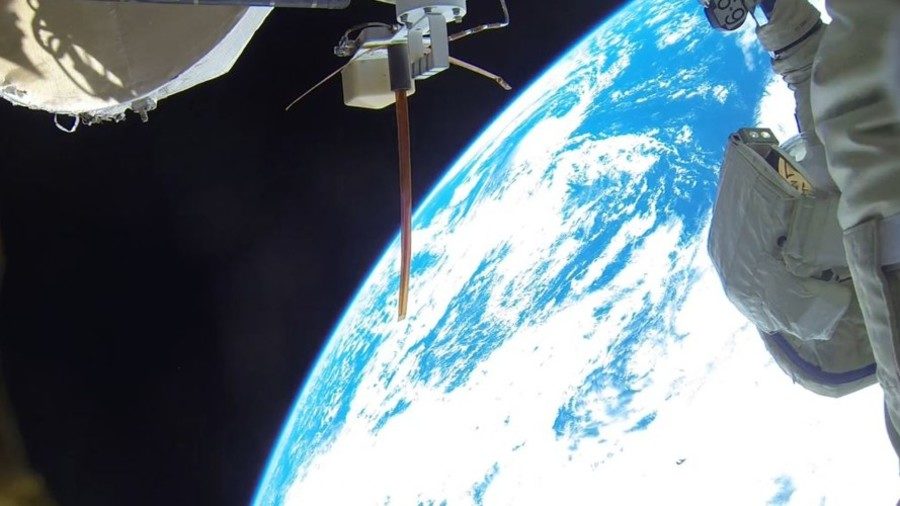
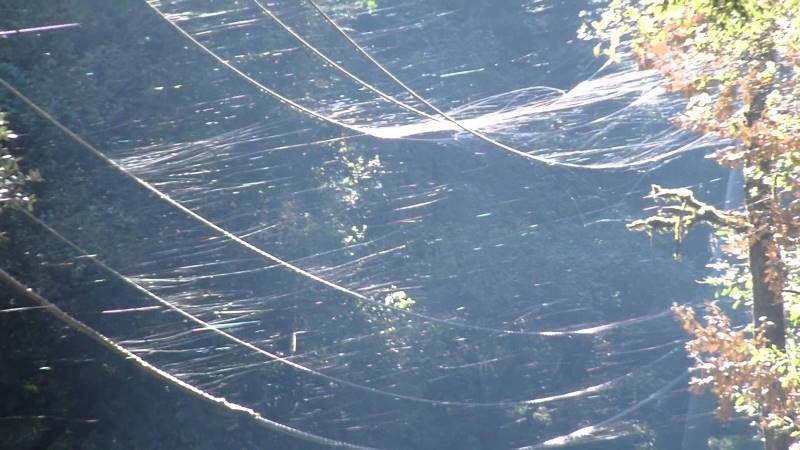
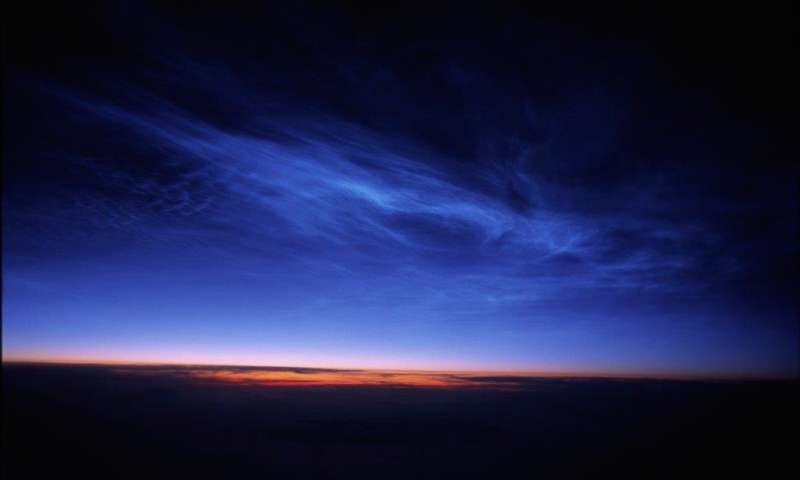


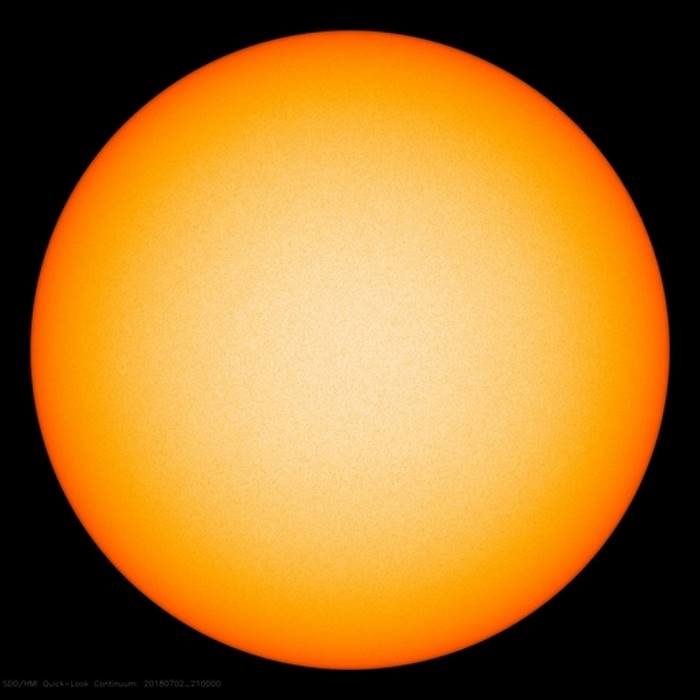


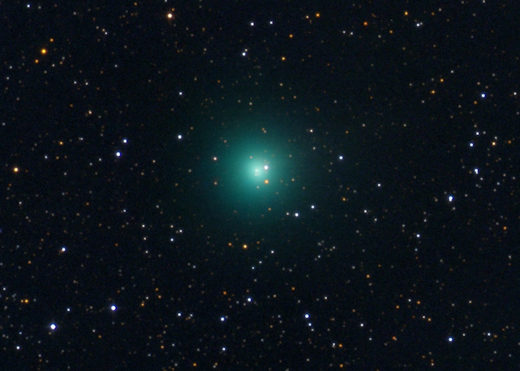



Comment: Alien life? Living bacteria 'that had not been there' found on ISS hull, Russian cosmonaut says